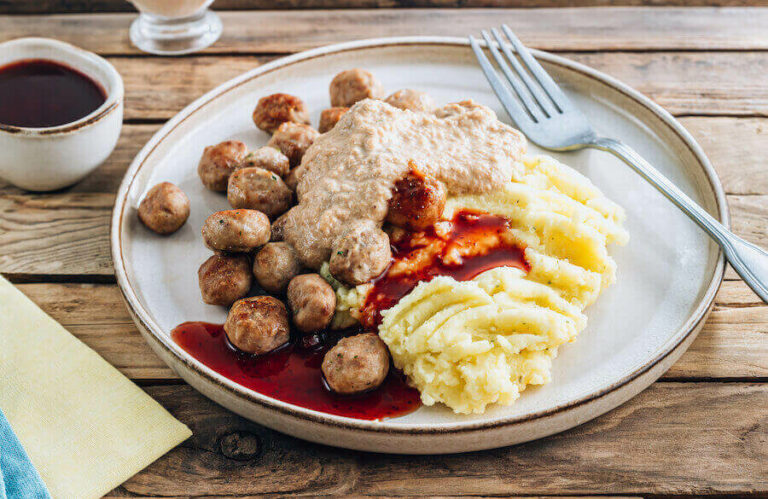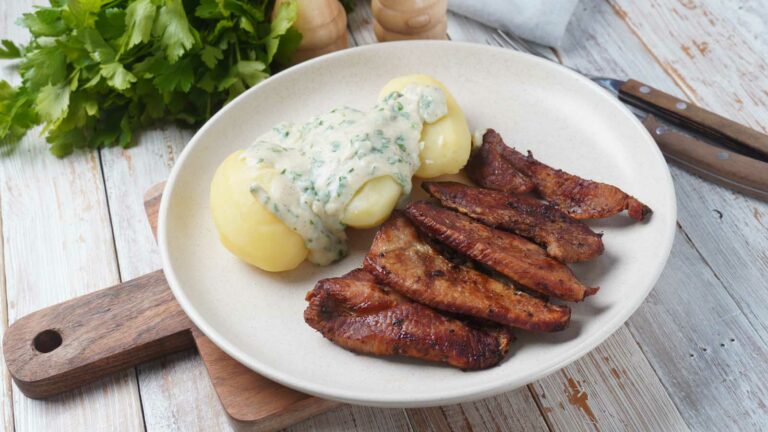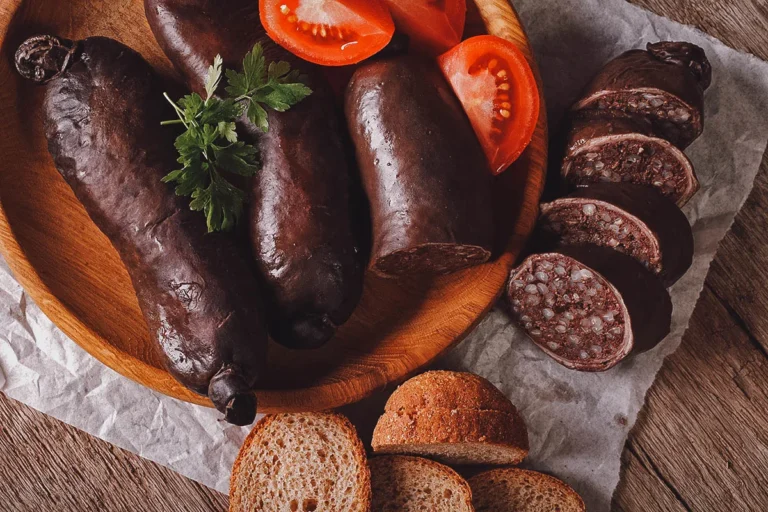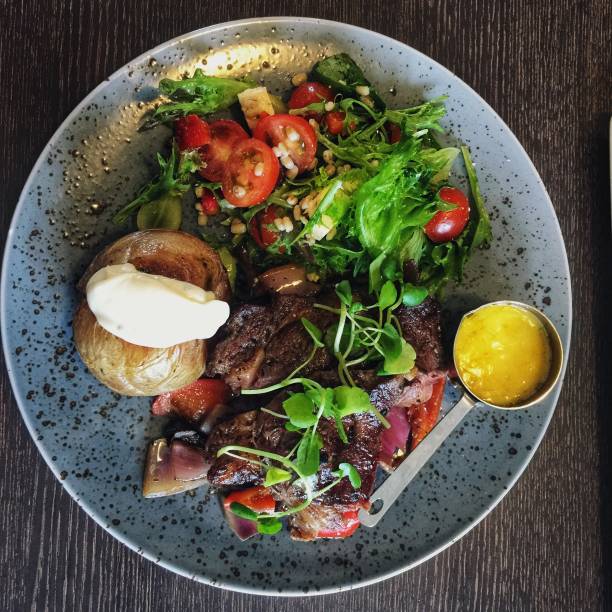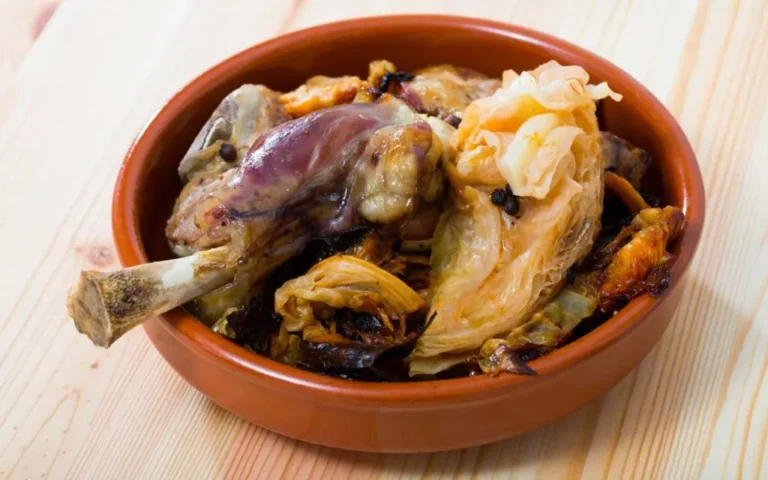Introduction: Scandinavian Cuisine
Scandinavian cuisine is a unique blend of traditional and modern cooking techniques. It encompasses the culinary traditions of Denmark, Norway, Sweden, Finland, and Iceland, with each country having its own distinctive flavors and ingredients. Although there are similarities between Scandinavian cuisines, each country has its own culinary heritage shaped by its geographical location, history, and culture.
Geographical and Cultural Influences
Sweden’s location in northern Europe has a significant impact on its cuisine. The country has a short growing season, so ingredients that can be preserved for long periods, such as pickled herring, are popular. Swedish cuisine is also influenced by the country’s Viking past, which saw the use of preserved and smoked meats. Sweden’s proximity to the Baltic Sea has led to the incorporation of fish and seafood into many traditional dishes.
Cultural influences on Swedish cuisine include the “smorgasbord” or buffet-style dining, which is a popular way of serving food in Sweden. The concept of “fika,” a coffee break with pastries and sweets, is also an ingrained part of Swedish culture.
The Basic Ingredients of Swedish Cuisine
Swedish cuisine utilizes simple ingredients, such as potatoes, fish, meat, and dairy products, often prepared in a straightforward manner. Common herbs and spices include dill, allspice, and juniper berries. Rye bread is a staple in Swedish cuisine and is often served with pickled herring or other seafood.
Traditional Swedish Dishes
Traditional Swedish dishes include meatballs, pickled herring, pea soup, and gravlax, a type of cured salmon. Another popular dish is “surstromming,” a fermented fish dish that is considered an acquired taste. “Julbord,” a Christmas buffet, is also a significant part of Swedish cuisine, featuring dishes such as ham, Christmas sausage, and rice pudding.
Comparing Swedish Cuisine to Other Scandinavian Cuisines
Swedish cuisine shares many similarities with other Scandinavian cuisines, such as the use of seafood and preserved meats. However, there are also distinct differences. For example, Danish cuisine features open-faced sandwiches, while Norwegian cuisine is known for its use of game meats such as reindeer and elk.
Conclusion: Unique Characteristics of Swedish Cuisine
Swedish cuisine is unique in its use of simple ingredients and preservation techniques. Its proximity to the Baltic Sea and Viking heritage have shaped its culinary traditions, including the use of fish and seafood and preserved meats. While it shares similarities with other Scandinavian cuisines, Swedish cuisine has its own distinctive flavors and dishes that are worth exploring.

